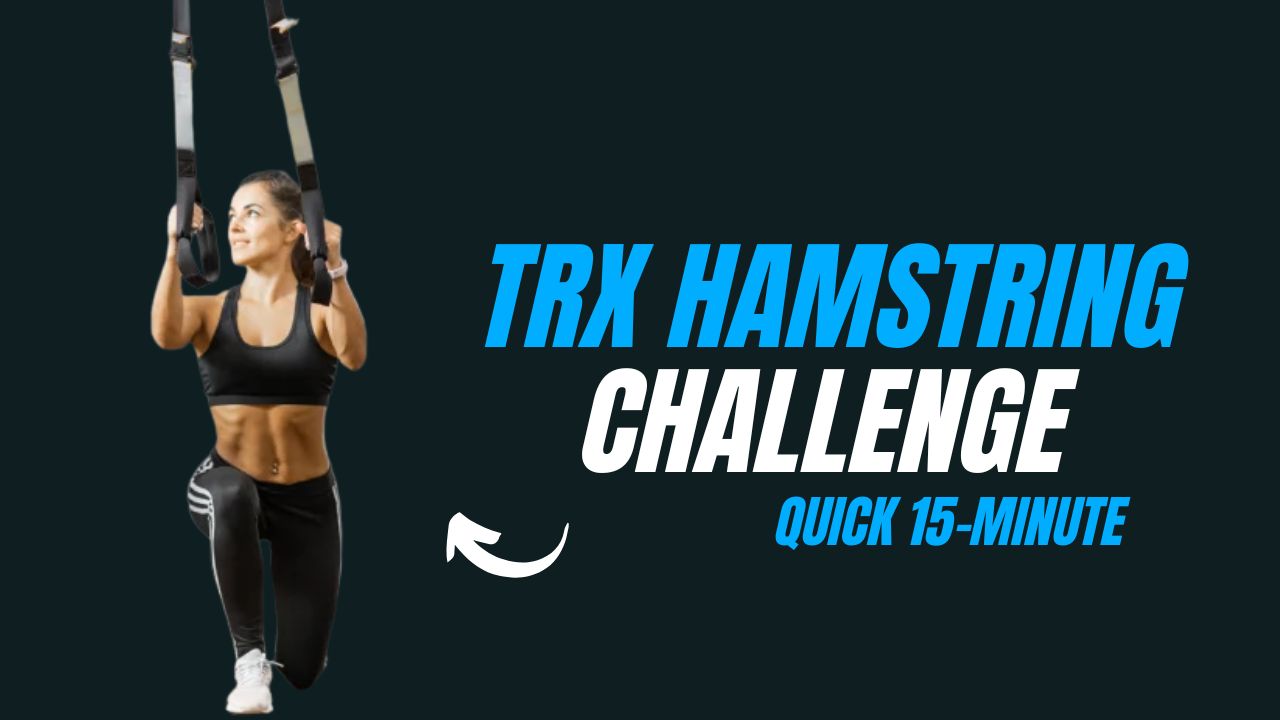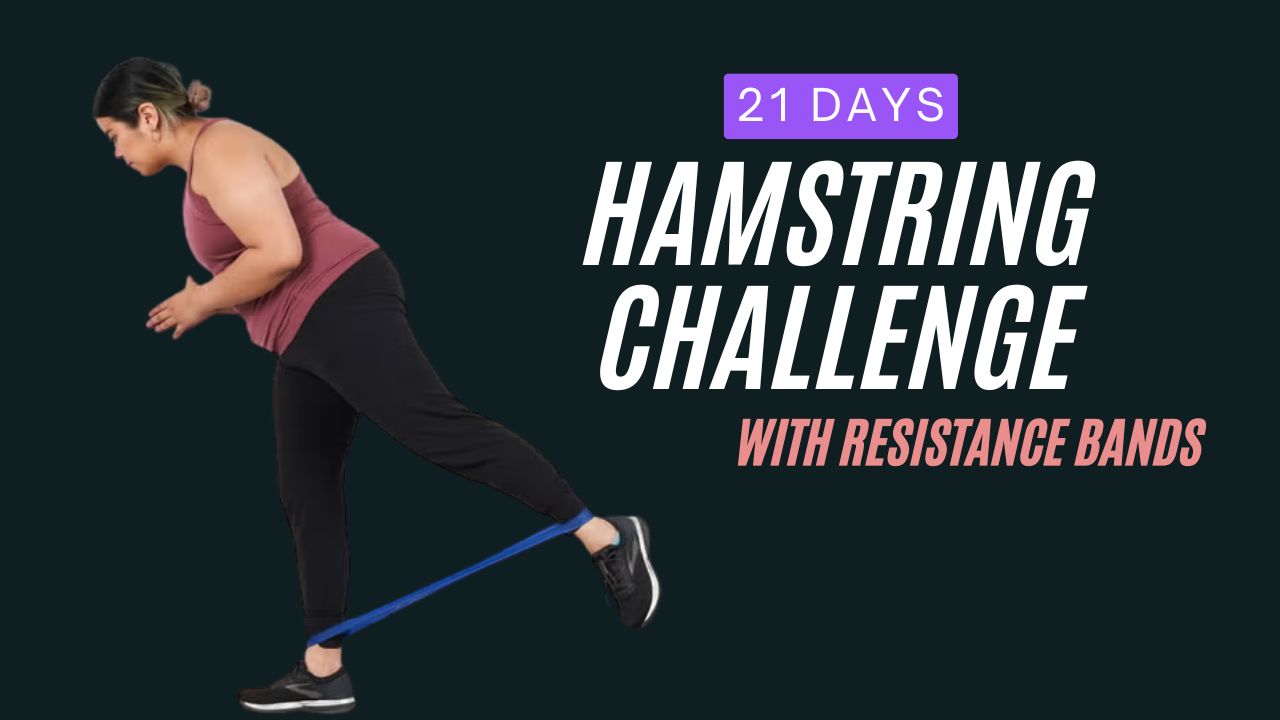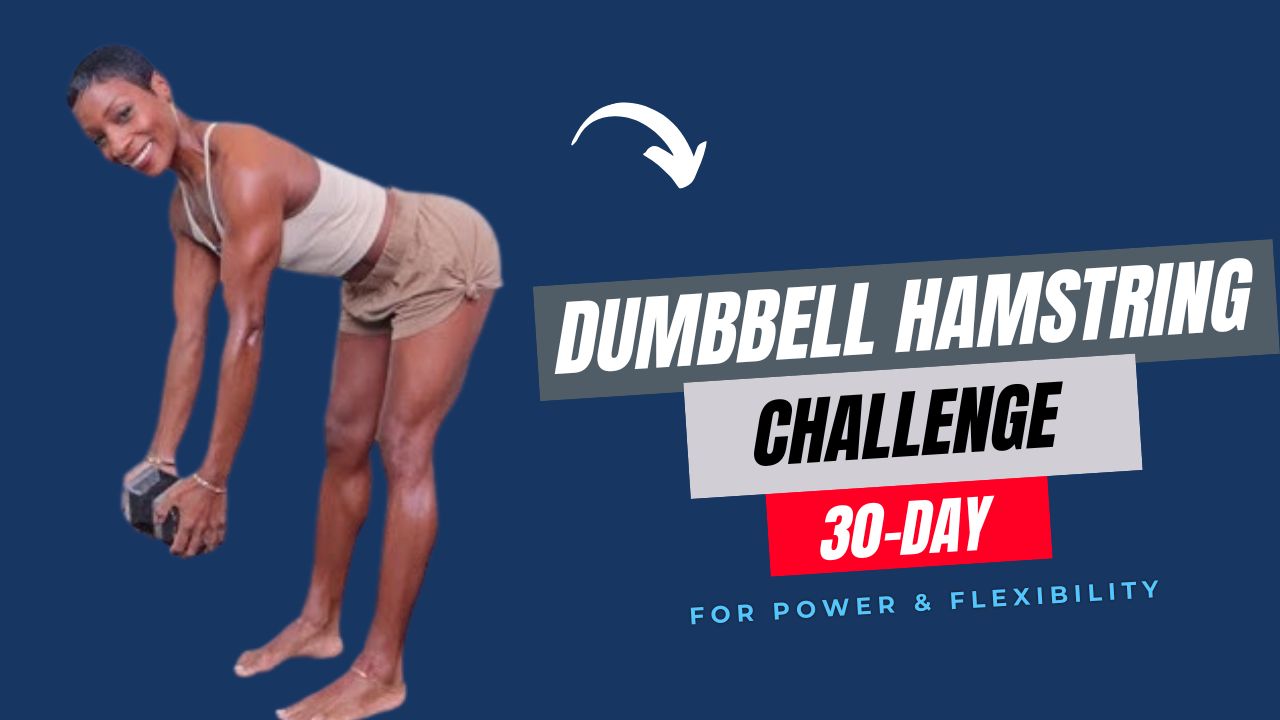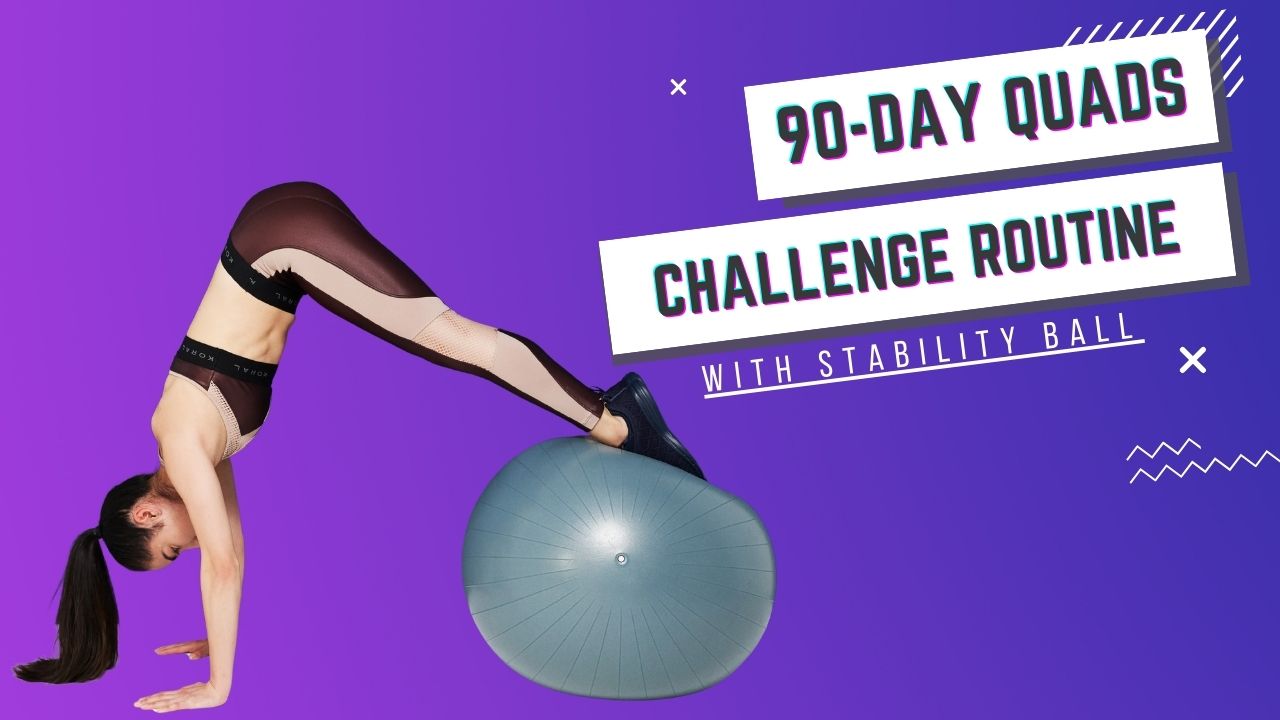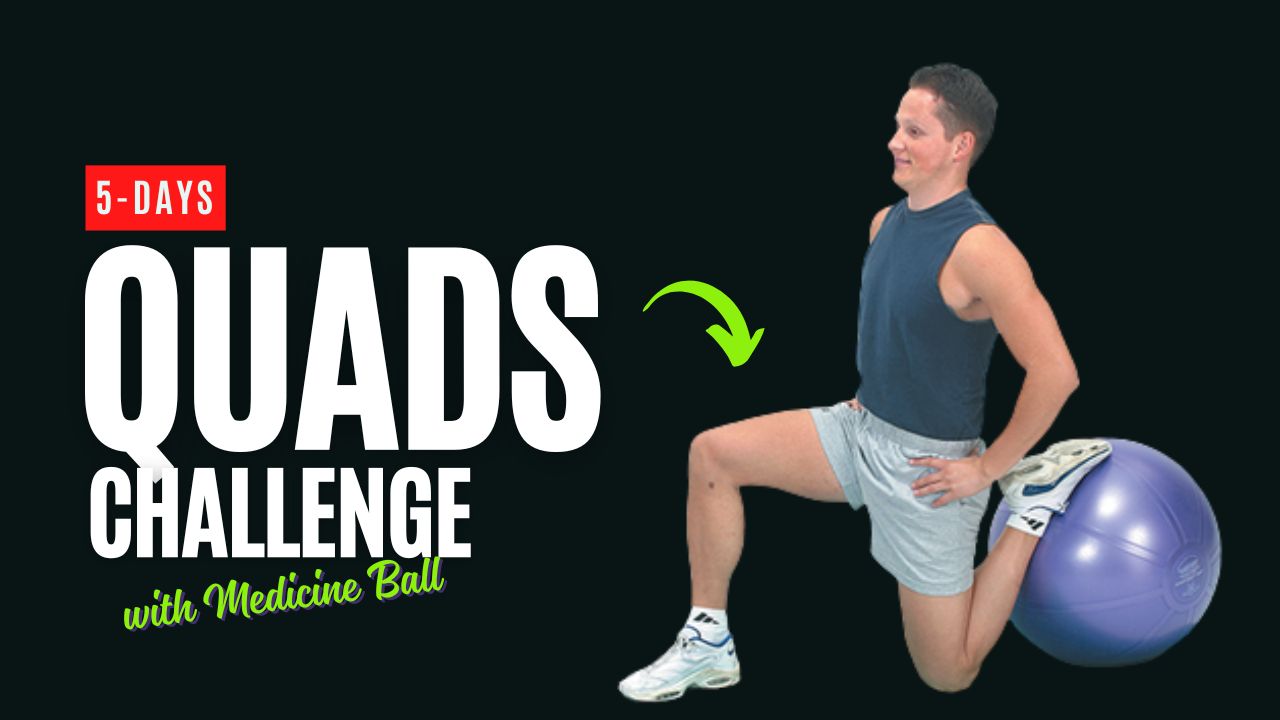Are you tired of endless crunches that barely touch your obliques? Most people assume a flat stomach is only about dieting, but did you know that targeting your obliques—the side muscles of your abdomen—not only defines your waistline but also improves balance, posture, and core strength?
Many fitness enthusiasts underestimate the stability ball, thinking it’s just for simple sit-ups. In reality, this simple tool can amplify every oblique exercise by activating deeper core muscles you didn’t even know existed.
In this 90-day program, we’re going to sculpt your obliques safely, effectively, and progressively using a stability ball.
Whether you’re a beginner or someone looking to push your core training to the next level, this plan will guide you through structured exercises, proper form, and a progressive challenge to maximize results.
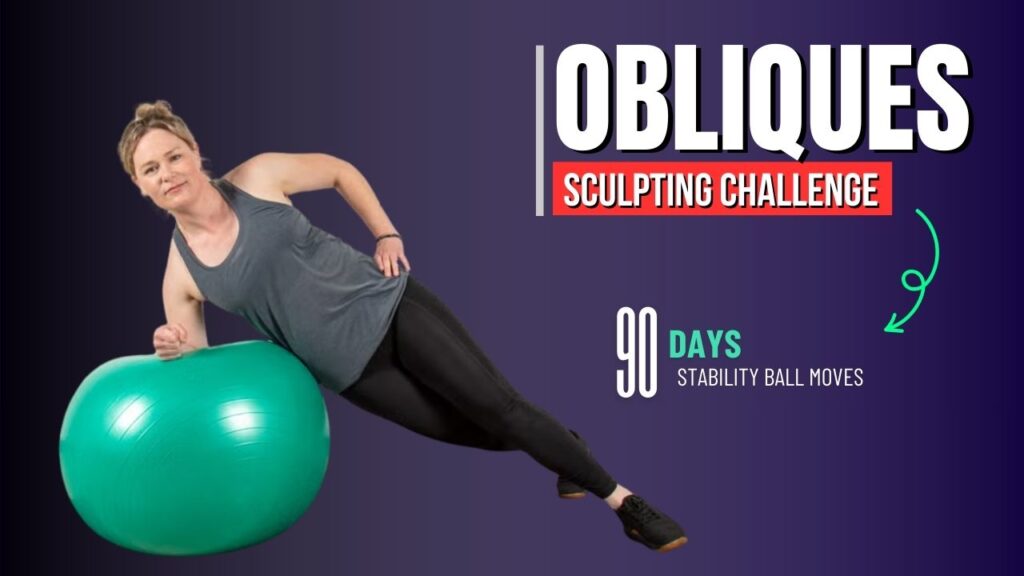
Table of Contents
Why Focus on Obliques?
Obliques aren’t just for aesthetics—they play a crucial role in functional movement. They stabilize your spine during twisting and bending motions, protect your lower back, and improve overall athletic performance.
Skipping oblique exercises can lead to imbalances, poor posture, and even increased risk of injury.
Interesting fact: Studies show that people who incorporate oblique-specific exercises into their routine burn more calories during rotational movements than during traditional crunches alone.
What Can Happen After 30 Days of Stability Ball Obliques Exercises
| Physical Changes | Performance Improvements | Other Benefits |
|---|---|---|
| Noticeable toning of obliques and side waist | Improved core stability and balance | Better posture in daily activities |
| Reduced lower back tension due to stronger core | Increased endurance for rotational movements | Boosted confidence and motivation to continue |
| Slight reduction in waist circumference | Easier performance of other core exercises | Enhanced mind-body connection during workouts |
| Improved muscle activation in obliques | Greater control during twisting or bending motions | Awareness of proper breathing techniques during exercise |
| Enhanced flexibility in oblique and core muscles | Better coordination in dynamic exercises | Foundation for progressing to advanced oblique challenges |
Do’s and Don’ts for Stability Ball Obliques Exercises
| Do’s | Don’ts |
|---|---|
| Engage your core throughout each exercise | Rush through movements or use momentum |
| Maintain proper posture and alignment | Let your back arch excessively |
| Breathe consistently – exhale on exertion, inhale on return | Hold your breath during exercises |
| Start with lower repetitions if you’re a beginner | Overload with weight before mastering form |
| Use controlled, slow movements for maximum engagement | Swing the ball or jerk your body |
| Rest 30-60 seconds between sets | Skip rest days – recovery is essential |
| Gradually increase difficulty over weeks | Ignore pain or discomfort in lower back |
| Keep feet planted firmly when required | Let knees, hips, or shoulders collapse |
| Track your progress and challenge yourself | Expect immediate results without consistency |
| Combine with overall core and cardio workouts | Focus only on obliques and neglect overall fitness |
The Stability Ball Exercises & Advantage
The stability ball introduces an element of instability, forcing your core muscles—including the obliques—to engage more intensely. Unlike the floor, the ball challenges your balance, making every twist, lift, or crunch more effective.
1. Stability Ball Side Crunch
Description: This exercise isolates the obliques on the side you’re working while minimizing pressure on the lower back.
How To:
- Sit on the stability ball and walk your feet forward until your lower back rests comfortably on the ball.
- Place your hands lightly behind your head without pulling on your neck.
- Slowly lift your torso to the side, crunching your oblique, while keeping your hips stable.
- Lower back to the starting position and repeat.
Tips: Exhale while lifting and inhale while lowering. Avoid jerky movements to prevent injury.
2. Russian Twists on Stability Ball
Description: The classic Russian twist is intensified on a stability ball, increasing rotational engagement of obliques and core stabilizers.
How To:
- Sit on the ball with your feet flat on the floor, holding a weight or medicine ball at chest level.
- Lean back slightly to engage your core.
- Twist your torso to the right, bringing the weight beside your hip.
- Return to center, then twist to the left.
Tips: Keep movements controlled; avoid swinging the weight. This ensures the obliques do the work.
3. Stability Ball Oblique Pike
Description: A dynamic move that targets obliques while challenging your entire core and shoulder stability.
How To:
- Start in a push-up position with your shins on the stability ball.
- Engage your core and lift your hips to one side, bringing your knees toward your elbow.
- Return to plank position and repeat on the other side.
Tips: Start with smaller pikes if you’re a beginner. Over time, increase the range of motion.
4. Side Plank with Ball Hip Dips
Description: Combines the traditional side plank with ball movement for extra oblique activation.
How To:
- Place your forearm on the floor and your feet on top of the stability ball.
- Lift your hips into a side plank.
- Slowly dip your hips toward the floor, then lift them back up.
Tips: Keep your body straight and avoid letting your shoulders collapse. Exhale as you lift, inhale as you lower.
5. Stability Ball Oblique Roll-Out
Description: A more advanced move that stretches and strengthens your obliques simultaneously.
How To:
- Kneel on the floor and place your forearms on the stability ball.
- Slowly roll the ball forward, extending your body, then roll it slightly to the right.
- Engage your obliques to pull back to the starting position.
Tips: Keep movements slow and controlled. Avoid arching your lower back.
6. Stability Ball Woodchopper
Description: Mimics a chopping motion, perfect for rotational oblique strength.
How To:
- Hold a dumbbell or medicine ball with both hands.
- Sit on the stability ball with feet flat.
- Rotate the torso diagonally, bringing the weight from one shoulder toward the opposite hip.
- Slowly return to starting position.
Tips: Do not rush; slow rotation ensures maximal oblique engagement.
7. Kneeling Oblique Twist on Ball
Description: Engages the obliques while improving shoulder and hip stability.
How To:
- Kneel on the floor with your hands on the ball.
- Rotate your torso to bring the ball toward one side while keeping knees planted.
- Return to center and repeat on the other side.
Tips: Focus on controlled rotation; avoid using momentum.
8. Side Jackknife with Stability Ball
Description: Combines oblique crunching and leg lift for double engagement.
How To:
- Lie sideways with your hip against the ball.
- Place hands lightly behind the head or on the floor for support.
- Lift both torso and top leg simultaneously toward each other.
- Lower slowly back to start.
Tips: Breathe rhythmically; avoid pulling on your neck.
90-Day Obliques Sculpting Challenge Routine
| Week | Exercises | Duration / Reps |
|---|---|---|
| 1-2 | Stability Ball Side Crunch, Russian Twists, Oblique Pike | 12 reps per side, 15 twists, 8 pikes per side (20 min total) |
| 3-4 | Stability Ball Side Crunch, Russian Twists, Oblique Pike | 15 reps per side, 20 twists, 10 pikes per side (25 min total) |
| 5-6 | Side Plank with Ball Hip Dips, Stability Ball Oblique Roll-Out, Side Jackknife | 15 dips, 12 roll-outs, 10 jackknives (30 min total) |
| 7-8 | Side Plank with Ball Hip Dips, Stability Ball Oblique Roll-Out, Woodchopper | 18 dips, 15 roll-outs, 12 woodchoppers (35 min total) |
| 9-10 | Kneeling Oblique Twist on Ball, Side Jackknife, Russian Twists | 20 twists, 18 jackknives, 35 twists (40 min total) |
| 11-12 | All Previous Exercises Combined | 25 reps per side or movement, adjusted intensity (45 min total) |
How to follow:
- Perform the exercises 3-5 times per week.
- Rest 30-60 seconds between each set.
- Gradually increase repetitions or weight as you progress.
- Focus on controlled movements to maximize oblique engagement.
Conclusion & Next Steps for Your Obliques Challenge
Completing the 90-Day Obliques Sculpting Program with a stability ball is a significant achievement. By now, your obliques should feel stronger, your waistline more defined, and your core stability improved.
Remember, consistency is the key—these results come from disciplined effort, proper form, and gradual progression.
If you’re looking to continue challenging your obliques beyond 90 days, consider these ideas:
- Increase Resistance: Add dumbbells, medicine balls, or resistance bands to your existing exercises for added intensity.
- Advanced Variations: Incorporate dynamic moves like stability ball rollouts with rotation, oblique mountain climbers, or elevated side planks.
- Extended Sets & Reps: Gradually increase the number of sets or repetitions while maintaining proper form.
- Combine with Cardio & Full Core Workouts: Mix in high-intensity interval training (HIIT) and overall core strengthening exercises for enhanced fat burn and oblique definition.
Remember, fitness is a journey, not a destination. Continuing the challenge ensures that your obliques remain sculpted, functional, and strong, while keeping your core adaptable for all everyday movements and athletic activities.
By building on this foundation, you can create a long-term routine that supports both aesthetics and overall health.
Frequently Asked Questions (FAQs)
Do I need a stability ball to follow this program?
While some exercises can be modified on the floor, using a stability ball maximizes oblique activation and engages deeper core muscles due to the instability it provides.
How often should I perform these exercises?
Aim for 3-5 sessions per week. Ensure you include rest days to allow your obliques and core muscles to recover.
Can beginners do this program?
Yes. Beginners should start with lower repetitions, simpler variations, and minimal or no weight. Gradually increase intensity as strength and balance improve.
How long will it take to see results?
Results vary based on consistency, diet, and starting fitness level. Most people notice improved core strength and oblique definition within 6-8 weeks.
Will this program reduce waist fat?
Targeted fat loss isn’t possible, but strengthening your obliques improves waistline appearance. Combine this routine with overall fat-burning exercises and a balanced diet for the best results.
Do I need additional equipment besides the stability ball?
Some exercises may benefit from a dumbbell or medicine ball for added resistance, but most moves can be done using only the stability ball.
How can I make the exercises more challenging?
Increase difficulty by adding weights, extending repetitions, performing slower movements, or combining exercises into a circuit.
Is this program safe for people with back issues?
Generally yes, but anyone with pre-existing back problems should consult a doctor or physical therapist. Focus on proper form and avoid exercises that cause discomfort.
Can I combine this with other workouts?
Absolutely. This program complements cardio, strength training, and overall fitness routines. Just make sure not to overwork your core to avoid fatigue.
What diet supports oblique definition?
A diet rich in protein, complex carbohydrates, and healthy fats, along with adequate hydration, supports muscle growth and fat loss. Avoid highly processed foods for optimal results.





